Manassas Industrial School for Colored Youth
Introduction
Text-to-speech Audio
Images
Site where the Manassas Industrial School once stood
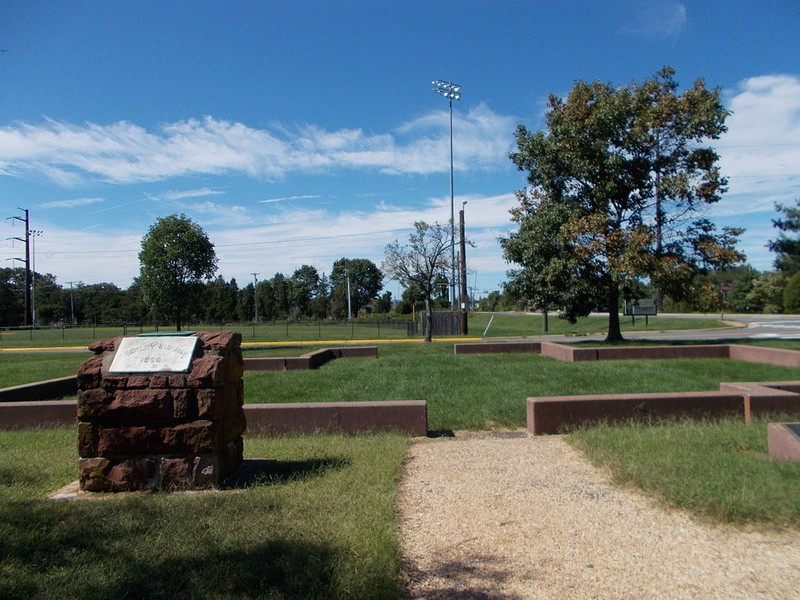
Freshman class of 1931 at the Manassas Industrial School
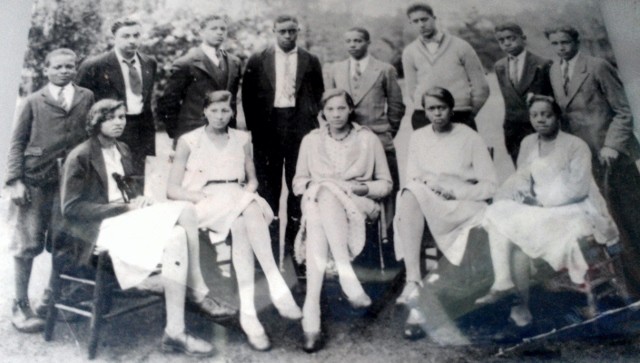
Library and Trades Building at the Manassas Industrial School
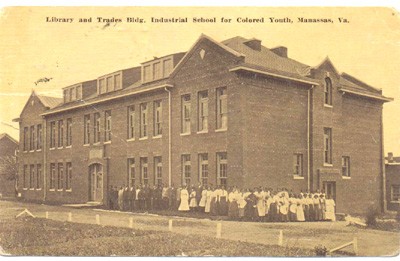
Hackley Hall, c. 1920, Manassas Industrial School
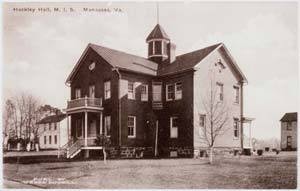
Students in the library of the Manassas Industrial School during the 1950s.
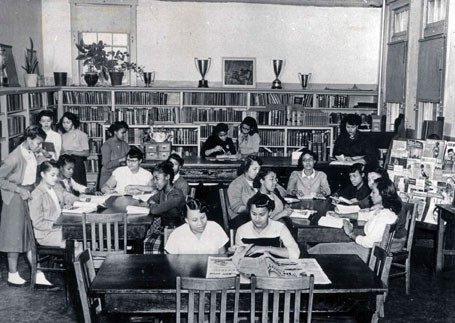
Manassas Industrial School class of 1906
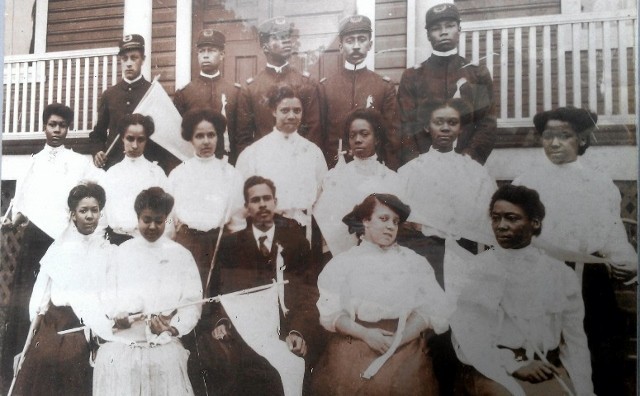
Backstory and Context
Text-to-speech Audio
History of the Manassas Industrial School for Colored Youth
Today, the Manassas Industrial School for Colored Youth today is a 4.5-acre archaeological park that is historically significant for its unique record of daily life at a residential vocation school for Black youth at the turn of the century. The school dates back to the mid-1880s when ex-slave Jennie Dean (who was enslaved in Prince William County) identified a need for secondary education for African Americans. Many of the one-room schoolhouses at that time only offered classes up to the seventh grade, and so Jennie Dean set out speaking and fundraising with local Blacks, sympathetic whites, and other esteemed abolitionists from the north (including Frederick Douglass).
Between its opening in 1894 and 1937, Manassas served students from Virginia as well as other surrounding states. Some of the offered courses included math, natural sciences, geography, music, literature, English, and others. Vocational classes for boys included carpentry, Blacksmithing, painting, cobbling, and wheelwrighting; vocational classes for girls included sewing, cooking, domestic arts, laundry, and patchwork.
As a private institution, the Manassas Industrial School faced constant financial difficulties, and in 1938, the school became the segregated regional high school for Blacks (it would later become Prince William High School). Years following Brown v. Board of Education, the schools in Fairfax, Fauquier, and Prince William counties were fully integrated and, in the mid-60s, the Manassas Industrial School was demolished. A memorial park now stands in its place and features an information kiosk informing visitors of this historically significant part of African American education in Virginia.1
